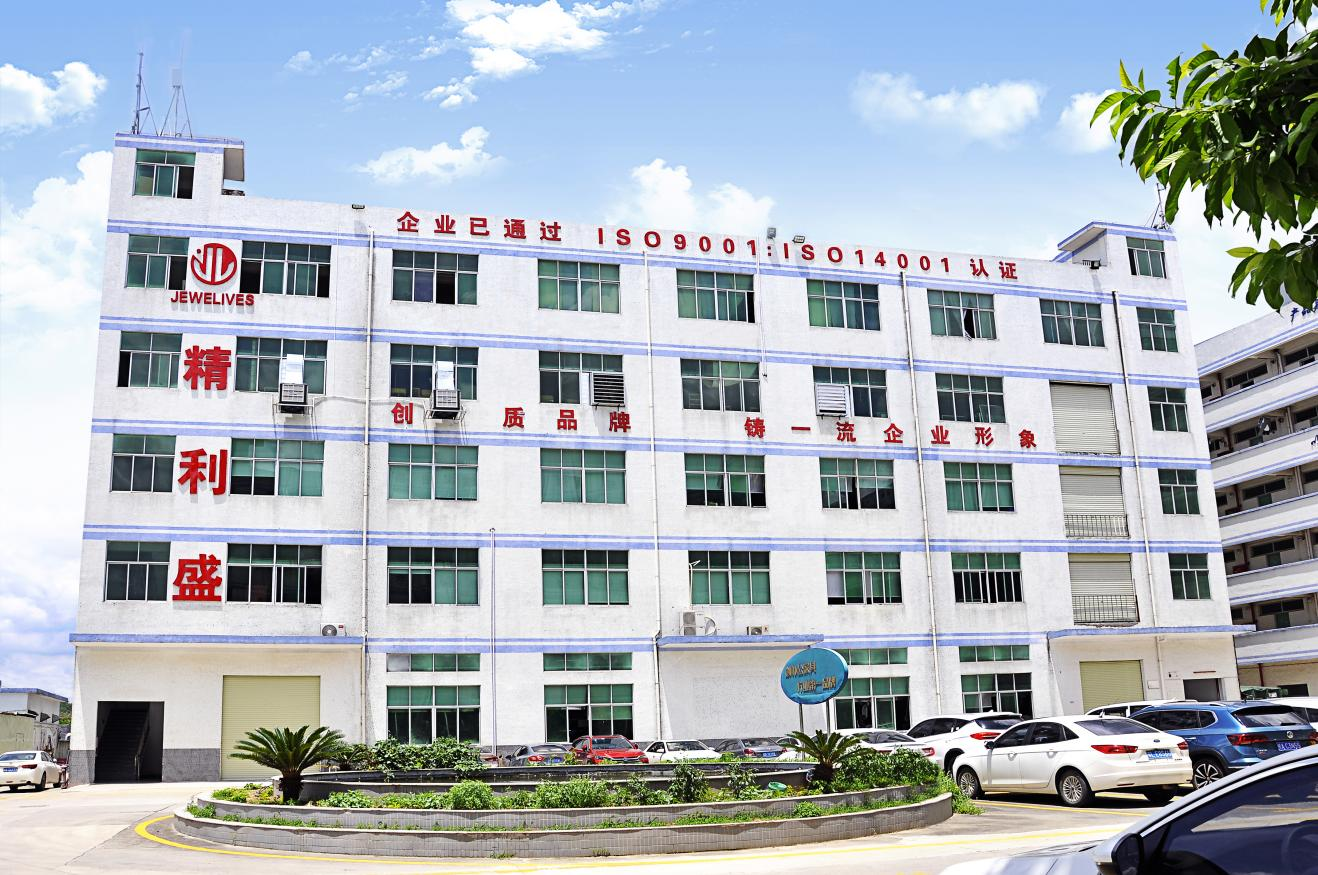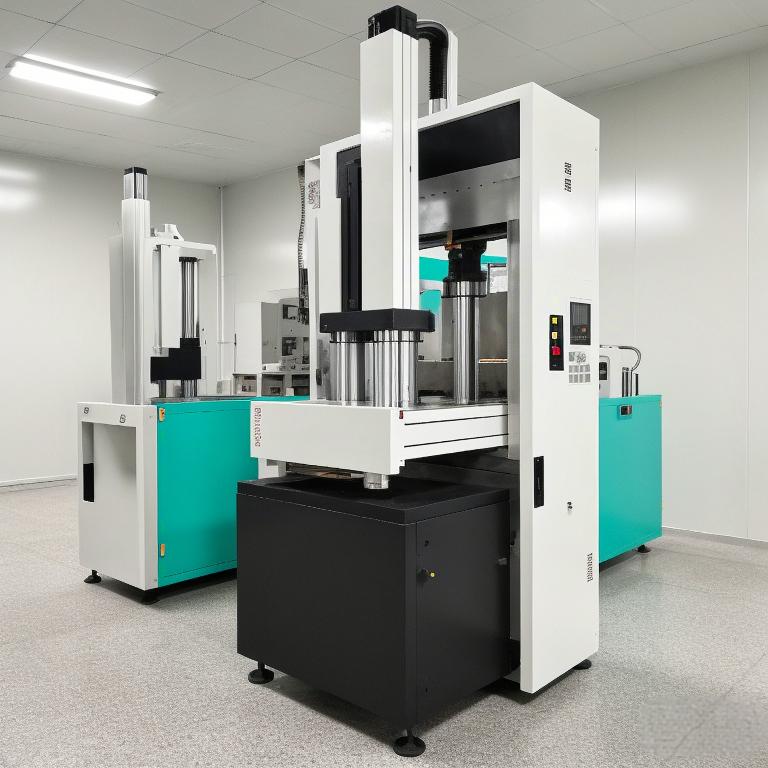Inhalt
Liquid silicone phone cases have surged in popularity due to their sleek design, flexibility, and eco-friendly appeal. However, consumer reviews reveal recurring frustrations that threaten brand reputation and customer loyalty. As a sales manager specializing in liquid silicone phone case customization and wholesale solutions, understanding these pain points is critical to delivering products that meet market expectations.
This article examines the top 10 consumer complaints, delves into the three most critical issues, and explores actionable strategies to enhance product quality and user satisfaction.
Top 10 Consumer Complaints About Liquid Silicone Phone Cases
- Color Discrepancies: “The pink is like a neon reddish orange tone. Nothing like the photos.”
- Wireless Charging Incompatibility: “It doesn’t support wireless charging as advertised.”
- Poor Durability: “Fell apart in less than a month despite normal usage.”
- Material Degradation: “The case started melting after a few weeks.”
- Fit and Functionality Issues: “The Buttons don’t align, and the case restricts access to side controls.”
- Screen Protector Failures: “Huge air bubbles and poor clarity made the phone look horrible.”
- Allergic Reactions: “Caused scalp irritation and dermatitis-like symptoms.”
- Aesthetic Decline: “Edges tore and the case became unusable after minimal wear.”
- Shipping Damage: “Arrived with cracks and missing pieces.”
- Misleading Product Descriptions: “Ordered blue, got brown—and it’s broken on every corner.”
The Three Most Critical Issues: A Deep Dive
1. Color Accuracy: When “Bubblegum Pink” Becomes “Salmon Disappointment”
One of the most frequent complaints centers on color discrepancies between product images and real-life results. Consumers express frustration with misleading visuals:
- “ordered the tender pink color, and it’s definitely not the same color in person. much more of a salmon color than a bubblegum pink.”
- “The pink color did not match as the picture—it looked totally different.”
Why This Matters: Color is a primary driver of purchase decisions, especially for aesthetic products like phone cases. Mismatched hues lead to dissatisfaction and returns.
Solution: Implement rigorous color-matching processes using standardized tools like Pantone references. For custom orders, provide physical samples to ensure accuracy.
2. Durability Concerns: When “Sturdy” Becomes “Flimsy”
Durability is a cornerstone of consumer trust, yet reviews highlight alarming fragility:
- “The case ripped and broke after just 1 month. Definitely don’t buy.”
- “It started melting and got on my hands after a few weeks.”
- “Edges tore apart despite gentle use—wouldn’t recommend.”
Why This Matters: Liquid silicone is marketed as flexible yet durable, but subpar materials and thin designs often fail to deliver.
Solution: Invest in high-quality silicone compounds and reinforce stress points like corners and button areas. For wholesale clients, offer durability testing reports to build confidence.
3. Wireless Charging Failures: A Promised Feature That Falls Short
Many cases claim wireless charging compatibility but underperform:
- “It doesn’t receive wireless charging—it’s a waste of money.”
- “The case sticks to the charger but doesn’t pass the charge.”
Why This Matters: As MagSafe and wireless charging become standard, consumers expect seamless functionality. Failure here directly impacts usability.
Solution: Design cases with thin, non-obstructive layers that allow efficient energy transfer. For custom projects, integrate specialized materials that enhance conductivity.
Addressing Consumer Pain Points Through Custom Solutions
![]()
![]()
The Role of Customization in Mitigating Complaints
For brands seeking liquid silicone phone case customization, addressing consumer feedback is non-negotiable. By collaborating closely with manufacturers, businesses can:
- Refine color formulations to match digital and physical expectations.
- Enhance material quality to extend product lifespan.
- Optimize designs for wireless charging and functional accessibility.
Example: A client requested a custom silicone phone case with precise button alignment for iPhone 16 models. By adjusting mold thickness and testing prototypes, we achieved a snug fit that preserved functionality.
Wholesale Considerations: Balancing Cost and Quality
Wholesale buyers face pressure to offer affordable options without sacrificing standards. Key strategies include:
- Material Sourcing: Partner with suppliers offering premium silicone at competitive rates.
- Quality Assurance: Implement pre-shipment inspections to prevent defects like air bubbles or misaligned buttons.
- Transparency: Share testing data (e.g., durability cycles, colorfastness) to reassure clients.
Conclusion: Prioritizing Consumer Needs in Liquid Silicone Innovation
The journey to improving liquid silicone phone cases begins with listening to consumer voices. By tackling color accuracy, durability, and wireless charging functionality, manufacturers can transform complaints into opportunities for innovation.
As a sales manager focused on custom silicone phone case solutions, our goal is to empower brands with products that exceed expectations—driving loyalty and reducing returns.



